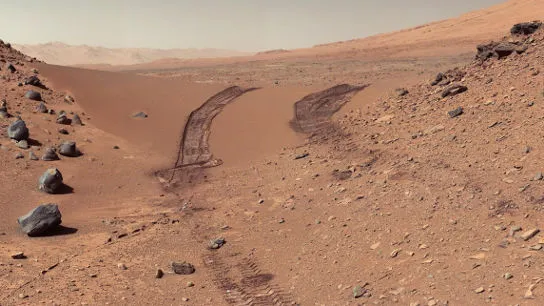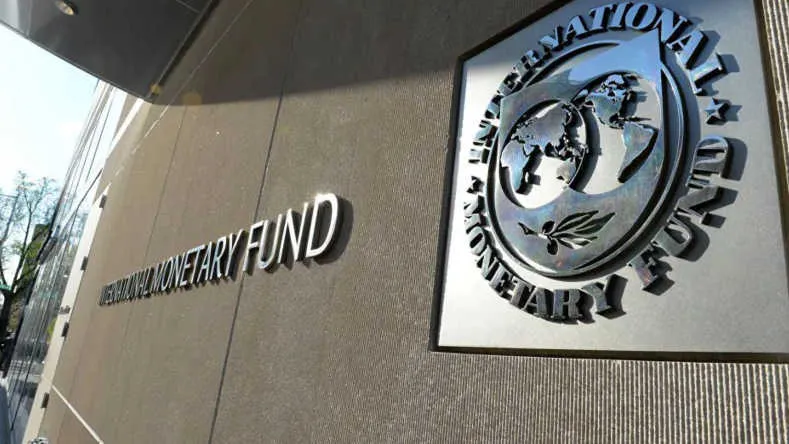NASA has introduced a more affordable plan to bring rocks and soil back from Mars. This new approach follows the original plan’s ballooning cost of $11 billion.
On Tuesday, Administrator Bill Nelson presented the updated plan. This announcement comes just before he steps down as NASA’s chief with President-elect Donald Trump’s inauguration approaching.
Cost and Delay Concerns
Nelson explained that the original plan was abandoned due to escalating costs and significant delays. As a result, NASA would not have been able to return any samples from Mars before 2040. In response, NASA sought more efficient and timely alternatives.
Focus on Affordability and Speed
According to Nelson, the goal is to return 30 titanium tubes as soon as possible at the lowest possible cost. The revised plan is expected to cost between $6 billion and $7 billion, a much more manageable sum.
Two Possible Options
Currently, NASA is considering two options for the mission. The first would rely on the traditional sky crane method used for previous rover landings. The second option would incorporate a new landing system developed by private companies. Both approaches aim to streamline the overall mission and improve efficiency.
Engineering Studies to Finalize Plan
A final decision will be made next year after comprehensive engineering studies are completed. These studies will provide crucial details for each option to ensure the most effective and cost-efficient solution.
Perseverance Rover’s Progress
Since its landing in 2021, NASA’s Perseverance rover has collected over two dozen samples. Scientists are eager to analyze these samples back on Earth, particularly those from Mars’ ancient river delta, which may contain signs of microbial life.
Simplified Process for Sample Return
Both options under consideration would simplify the sample return process. Instead of cleaning the sample tubes on the spacecraft, they would be cleaned on Mars itself. Additionally, the plans include shifting from solar to nuclear power to better withstand Mars’ dust storms, which have proven to be a challenge for solar-powered systems.
Future Decisions
Nelson emphasized that the incoming administration would ultimately decide how to proceed with retrieving the Mars samples. He stressed the importance of securing funding to ensure the success of the mission. President-elect Trump has nominated Jared Isaacman as the next NASA administrator.
Nelson concluded, “What we wanted to do was to give them the best possible options so that they can go from here.”























